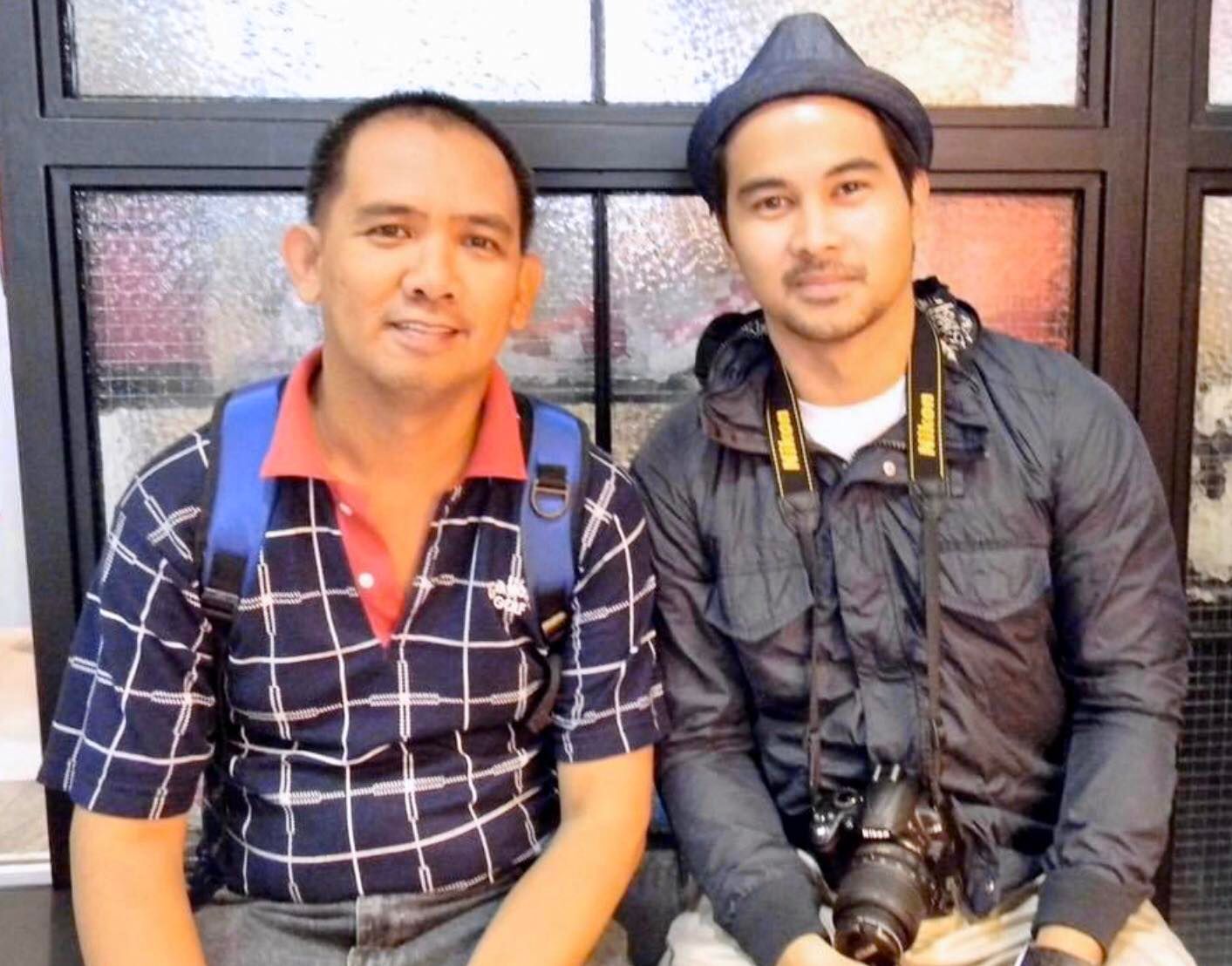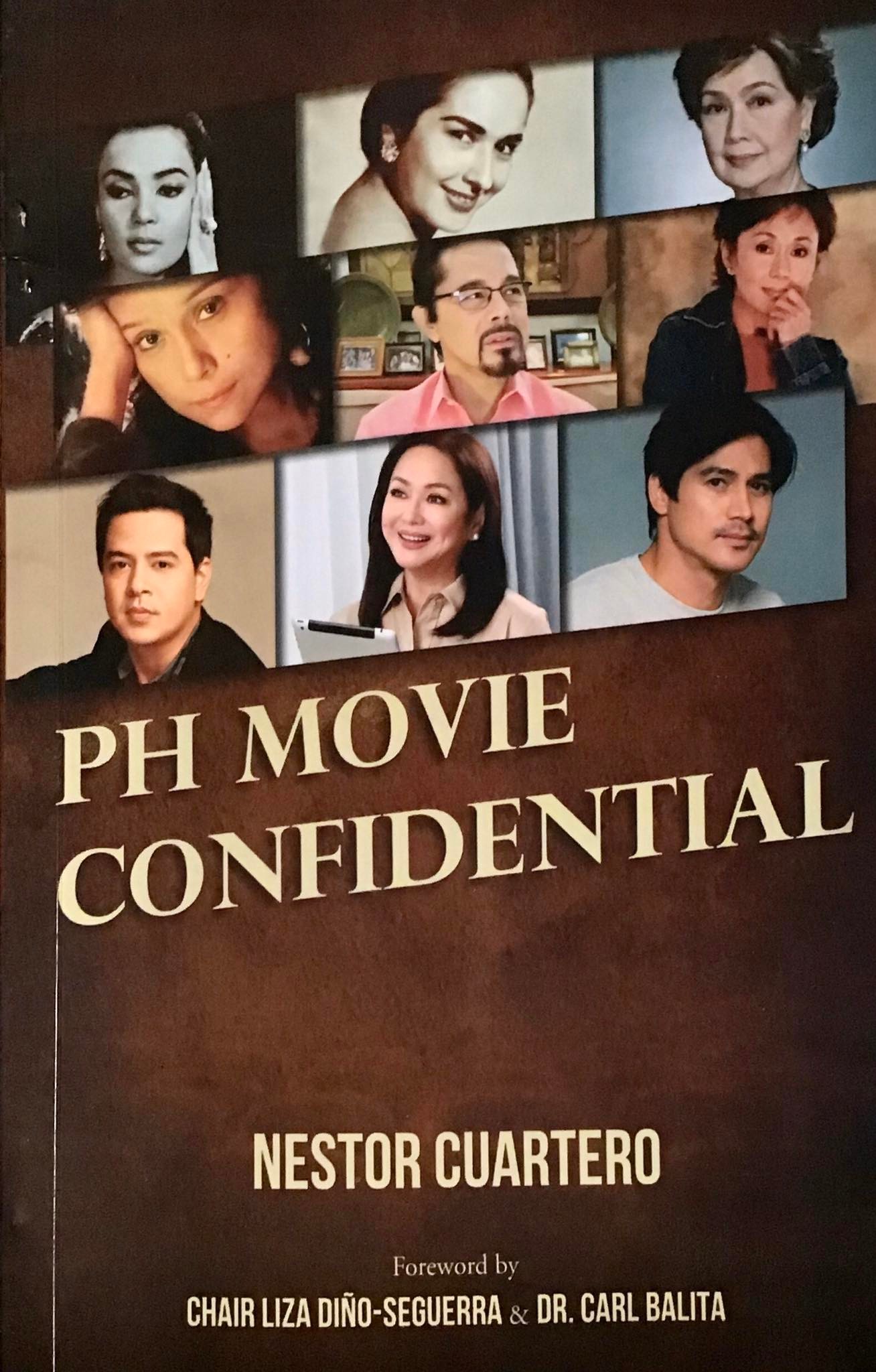By Henrylito D. Tacio
In Hollywood, the film capital of the world, stars talk about sex ordinarily.
“Sex is part of nature. I go along with nature,” said the original sex goddess Marilyn Monroe. Mae West described sex as “emotion in motion.” Oscar-winning Angelina Jolie was quoted to have said, “I need more sex, OK? Before I die, I wanna taste everyone in the world.”
Men have something to say, too. “Sex without love is a meaningless experience, but as far as meaningless experiences go its pretty damn good,” said award-winning actor-director Woody Allen. Comedian Steve Martin said, “I believe that sex is one of the most beautiful, natural, wholesome things that money can buy.”
In the Philippines, as in most parts of the world, editors usually tell their scribes to write their reports somewhat sexy. The reason: sex sells. This is especially true when it comes to movies and about those who are involved in motion pictures.
So, I wasn’t surprised that the newly-published book, Ph Movie Confidential, focuses on the subject – and more. Not surprisingly, it is authored by Nestor Cuartero, one of the country’s most respected movie writers.
Cuartero was – he still is – one of those that inspired me to write about movies. During my early days as a writer, I contributed to Tempo, writing about Hollywood trivia, where he was the entertainment editor.
There is a fine line between gossip and rumors. But Cuartero doesn’t rely on those to make his writings fascinating and intriguing. Instead, he comes up with factual write-ups that are credible as well as entertaining.
His second book – At Large, At Leisure (2008) was his first one – is a testament to that. As Charo Santos-Concio, former president and chief executive officer of ABS-CBN, puts it: “Ph Movie Confidential is a fascinating snapshot of the Philippine movie industry through the lens of veteran journalist Nestor Cuartero, whose decades-spanning reporting experience makes him one of the most credible presenters in the entertainment business.”
The 130-page book has 14 chapters. Each chapter is worth reading. Take the case of Chapter 3 entitled, “Uhaw, Hayok: How Dare!” It opened with the story of Vilma Santos, the star for all seasons. In 1977, she “shocked the (movie) industry” when she starred in Celso Ad. Castillo’s Burlesk Queen.
“Prior to Burlesk Queen, Vilma was known for her virginal image, nice and sweet as bubble gum. With such a landmark role, she shed not just her baby fat but an old, worn-out image as well,” Cuartero wrote.
Santos is not alone. After her, there were those who became stars in their own right after showing some skin in the films produced by Jesse Ejercito. Alma Moreno in Ligaw na Bulaklak, Rio Locsin in Menor de Edad, Lorna Tolentino in Dulce Amor, Ina, Elizabeth Oropesa in Mister Mo, Lover Boy Ko, Beth Bautista in Huwag, Bayaw, Daria Ramirez in Lord, Give Me a Lover, Chanda Romero in Sa Kagubatan ng Lungsod, Janet Bordon in Ako si Emma, Babae, and Amy Austria in Nang Bumuka ang Sampaguita.


But their movies were somewhat tame compared to those done by the following: Didith Romero, Amanda Amores, Myra Manibog, Myrna Castillo, and Cherry Madrigal. Some of them even engaged in “real pumping.”
Men also dared and bared in some movies. As a promotional stunt for his first movie, Tinimbang Ka Ngunit Kulang, Christopher de Leon posed nude for the centerfold of a magazine. He did a frontal nude scene in Iwahig.
Mark Joseph, however, outdid de Leon when “he let it all hang loose” in the film Silip, which was directed by Elwood Perez. Daniel Fernando also showed his “private thing” in Scorpio Nights.
Other movie actors who left nothing to the imagination for movies include George Estregan (yes, the brother of Joseph Estrada), Rico Roman, Roldan Rodrigo, Ricky Rogers, Tony Martinez, Bobby Benitez, Ronald Nepomuceno, and Tani Cinco.
“I am not bisexual. I am not gay. I have never had sex with men,” said Friends star Matt LeBlanc. Well, in the Philippine movie industry, there are straight men who accepted doing gay roles. Respected actors who portrayed such characters in movies include Dolphy, Eddie Garcia, Dindo Fernando, and Ronaldo Valdez.
In recent years, among those who agreed to portray a woman trapped in a man’s body include Dennis Trillo, Ricky Davao, Gardo Versoza, Michael De Mesa, Eric Quizon, Albert Martinez, Roderick Paulate, Emilio Garcia, Polo Ravales, Paolo Paraiso, Marco Morales, Paulo Avelino, Martin del Rosario, Jake Cuenca, and Joem Bascom.
Filipino films try to imitate Hollywood movies. Ditto for movie stars themselves. This is the reason why we have such comparisons as Elizabeth Taylor of the Philippines, which was bestowed to Amalia Fuentes.
“The truth is, I never really liked being compared with her,” Fuentes said in an interview. “I was starting in showbiz when the title was given to me, but I wanted to have my own identity, to be known on my own merits and not because I was being likened to somebody.”
But still, it didn’t stop people comparing some Filipino stars to Hollywood stars: Barbara Perez with Audrey Hepburn, Nestor de Villa with Fred Astaire, Merle Tuazon with Ava Gardner, Paraluman with Greta Garbo, Lou Salvador, Jr. with James Dean, Dante Rivero with Burt Lancaster, and Eddie Mesa and Eddie Gutierrez with Elvis Presley.
Speaking of Fuentes, there was a time when she was pitted against Susan Roces, thus, Amalians and Susanians came into existence. “The practice of bundling fans into groups by branding them started in the 1960s with the rise of Amalia Fuentes and Susan Roces, who became two of the industry’s longest-reigning movie queens,” Cuartero wrote.
After them, there were the Noranians and Vilmanians. What intrigued Cuartero was the anecdote shared to him by veteran movie writer Baby K. Jiminez. Fans of Nora Aunor came to the house of the superstar. “The fans took turns rounding up her bed, one by one. Most of them held a handkerchief. They would wipe any part of Nora’s body, and then they would wipe it on their neck or face or wherever,” Cuartero wrote.
Jiminez told Cuartero: “I was shocked as I uttered, Oh my God. Ano ito? Parang milagrosa? I sat down in a corner and watched. Some were crying. Many were just too ecstatic. To me, it was the height of idolatry.”
Titles of movies are chosen because they can make or unmake in the box-office. In some instances, titles can titillate. Consider the following: Nagalit ang Buwan sa Haba ng Gabi; Nakawin Natin ang Bawat Sandali; Ligaya ang Itawag Mo sa Akin; Masikip, Maluwang: Paraisong Parisukat.
In the past, there were such suggestive movie titles as Dingding Lang ang Pagitan; Pag-ibig sa Kapirasong Banig; Diligin Mo ng Suka ang Uhaw na Lumpia; Halinghing sa Likod ng Puno ng Saging; and Ang Bukid ay Basa.
The book is easy to read. Once you start reading a page, you end up reading more. It is written in a simple manner, so you don’t need a dictionary to look up the meaning of a word.
“My aim is simple in writing about particular trends and movements in Philippine movies,” Cuartero wrote in Author’s Word. “I hope to transform and elevate entertainment writing far beyond the level of gossip and trash commonly associated with it.”
Liza Diño-Seguerra and Dr. Carl E. Balita, two of the respected people in the industry, wrote forewords.
“(The book) is an insider’s look into what made Philippine show business the way it is today,” penned Diño-Seguerra, chair of the Film Development Council of the Philippines. “As a member of the press, Nestor is privy to many things the average audience isn’t, and his wealth of researched factoids and personal experience gives readers a more accurate picture of the entertainment scene from the 1970s to the current times.”
Dr. Balita, president and CEO of CEB Group of Companies, wrote: “This book is a celebration of the lives of the stars and celebrities: their humanity, their vulnerabilities, failures, weaknesses, as well as their victories, philosophies, among others. It puts the stars in their rightful places at the same time making them human, exposing their truths behind the façade. These stories in turn provide lessons that value other people’s human experiences to life and living.”
To end this review, allow me to quote the author’s final statement: “Because the truth is, it can be – and is – a craft with its own seriousness of purpose, a historical perspective, a sense of responsibility – all achievable without robbing the stories of their natural grasp, look and feel of the beautiful, the rumorous, the vibrant, and well, yes, the entertaining.”

